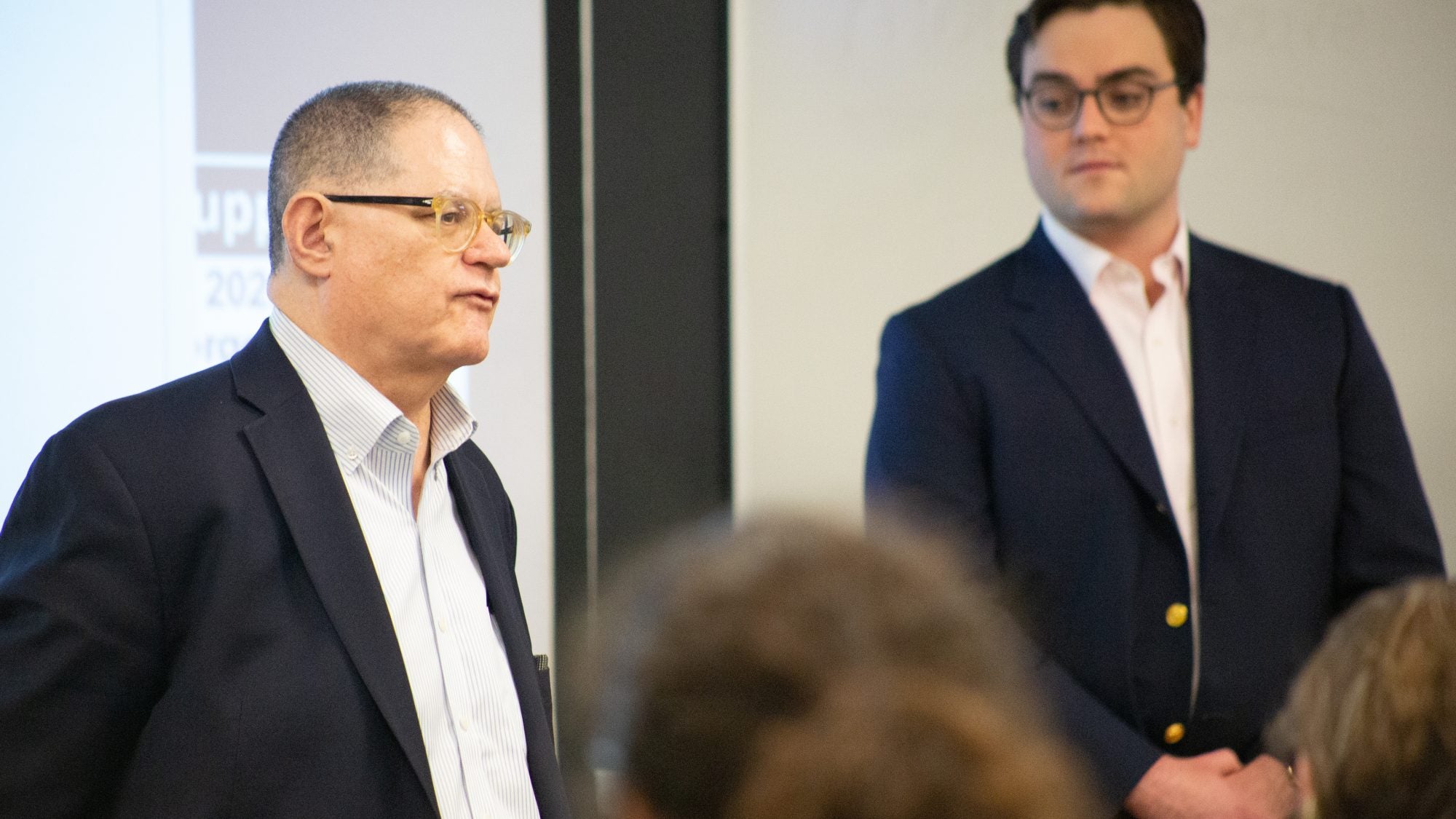Through programs like the Science, Technology, and International Affairs (STIA) major and the Center for Security and Emerging Technology, the Walsh School of Foreign Service (SFS) is known for its robust academic offerings and research focus on cyberspace and technology. Samuel Visner’s (SFS’76) storied career as a practitioner, businessman, SFS student, and professor, however, reflects that this was not always the case.
From his undergraduate days, to his time working on national security issues in the public and private sectors, to his teaching career at SFS, Visner has constantly sought to navigate how cyberspace and security intersects with international politics. In fact, what Visner remembers as early conversations in his own classroom “incubated” ideas shaping the SFS curriculum and courses with which most students are familiar today.
Now, Visner is reflecting on his life and legacy in connection to Georgetown. By building with his wife, Toni, a charitable trust to create a curriculum innovation fund, and including Georgetown in the couple’s estate planning, he hopes to continue his dedication to cultivating the study of cybersecurity at SFS.
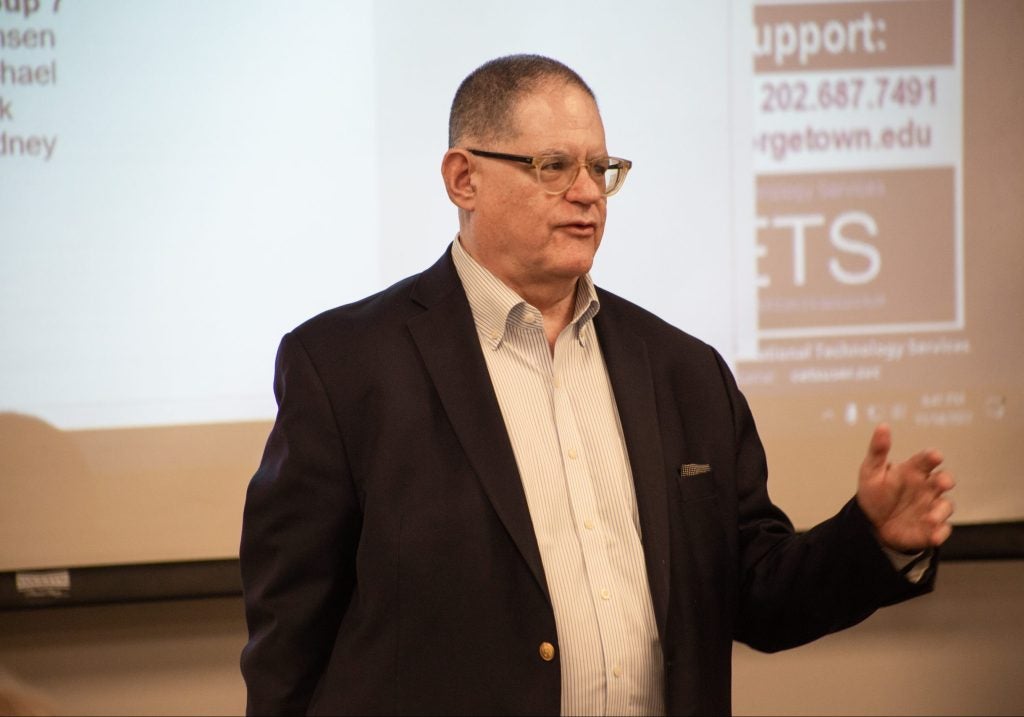
“Safe from Science?”
An International Politics major, Visner graduated from SFS in 1976 with a Bachelor of Science in Foreign Service. Initially interested in becoming a foreign service officer, Visner joined the State Department where he worked on the Indochina Refugee Program. Not long after, however, he accepted an offer to work at the CIA.
“That allowed me to do something…I really wanted to do, but never knew how I could,” Visner explains. “While my degree was in international politics, and I was always interested in international affairs and national security and diplomacy, I always was just as interested in technology as I was in policy and politics.”
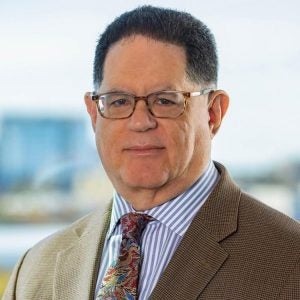
During his undergraduate studies, aside from a course in statistics, Visner never took a formal course in a science-related field. “SFS… the joke used to be that it also stood for ‘safe from science,’” he laughs. Yet growing up with a father who worked on the Manhattan Program as a nuclear physicist, Visner had taken an interest in technology. “I was always…you know, blowing speakers out on the stereo system and doing whatever sort of techy things a kid does,” he remembers.
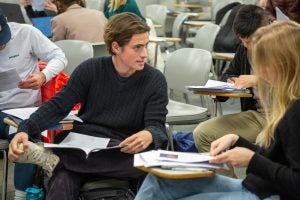
Visner went on to spend 10 years at the CIA working first as a communications officer, and then on signals intelligence. From there, he transitioned to the private sector where he took on command and control systems, emergency preparedness, and UN peacekeeping operations for Booz Allen Hamilton. To bolster his technical knowledge of the field, Visner pursued a graduate degree in telecommunications, which he completed at George Washington University. Throughout his early career, however, Visner remained in contact with Georgetown.
While vice president of Science Applications International Corporation (SAIC), Georgetown reached out and asked Visner to teach a class on entrepreneurship. At the time, he was serving as chair of the Washington, DC Advisory Board for the National Foundation for Teaching Entrepreneurship. “It’s a program to help kids…from disadvantaged backgrounds learn the business, learn the skills, discipline, how to put themselves forward, how to develop essentially a stake in the system, and be economically successful,” Visner describes.
Visner began teaching, but soon returned to government for a stint at the National Security Agency where he served during — and in the immediate aftermath of — the 9/11 attacks as Chief, Signals Intelligence Programs. By late 2003, however, Visner had transitioned back to civilian life as a business executive and began teaching again, this time as an adjunct professor leading STIA 391: Cybersecurity Policy, Technology, and Operations, even as he managed a couple of cybersecurity businesses.
Teaching STIA 391
When he devised the course, Visner’s proposed method of studying cyberspace and cybersecurity was emergent and contested. “I had a colleague who said, ‘Oh, we’ve been doing cyber from the very beginning. Don’t even call it that. It’s just radar and communication systems,’” Visner recalls. “I had a colleague on the commercial side of one of the companies where I led the cyber business, who said that I was going to scare their commercial clients by using the word ‘cyber’. He said it sounded too military.”
Cyberspace, Visner argues, is more than electromagnetic waves. “Cyberspace is not just a place where electrons move between physical human beings, but increasingly it’s a place where we communicate, and on which we depend and now, more than ever, where we are resident,” he says. “The relationship that countries have with each other, even with their own people in cyberspace, is now a policy matter, and a pillar of the international system.”
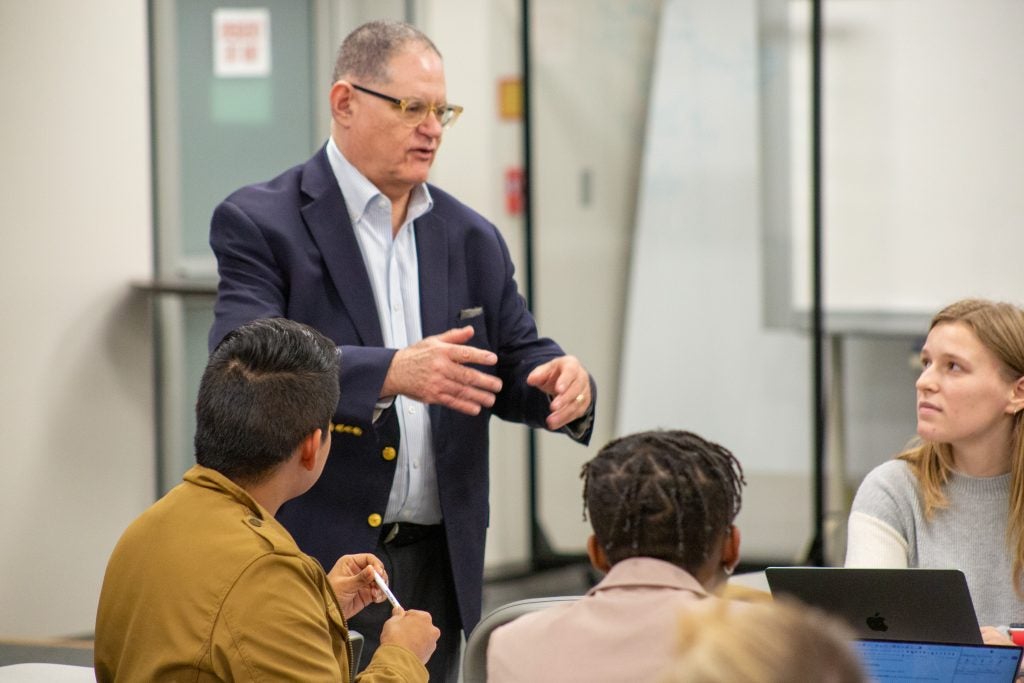
Understanding cyberspace as a context in which humans behave and mediate relationships has important implications for international relations. “What I’m trying to do,” says Visner, “is to create a recognition of cyberspace as a component of the international system, and cyber security as the exercise of influence in this new component.”
An upper-level course popular among STIA, international politics and security studies students, STIA 391 looks at cybersecurity in relation to the growing global information infrastructure. Students in the course learn about how information technologies shape economic, financial, political, diplomatic, military and technological affairs across scales. “One of my objectives has been to take the study of cyberspace and mainstream it into the study of international relations and international politics,” Visner explains. “This course has been my vehicle for helping make that happen.”
Drawing on Karski’s Legacy in the Classroom
While Visner does not possess formal pedagogical training, his time as an undergraduate crucially informs his tenure as a professor. In particular, Visner points to Jan Karski as a seminal inspiration to his own teaching career. As a first-year student, Visner had ended up in Karski’s class “almost by accident.” “He gave a lecture at orientation, and I decided I had to be in his class,” Visner explains. “Somehow, during registration I managed to stick my computer card in the right deck — which is how you did it in those days.”
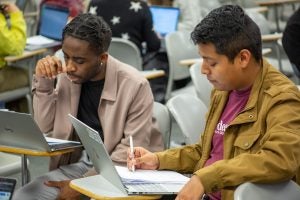
A Polish diplomat and resistance-fighter during World War II, Karski risked his life to deliver testimony of Nazi atrocities in German-occupied Poland to the Western Allies — his reports provided some of the earliest, most accurate evidence of the Holocaust. After the war ended, Karski earned a Ph.DHD at Georgetown in 1952 and continued to teach at the university until 1984.
Visner took Karski’s Elements of Political Theory class, which he remembers as a tough but unique privilege to engage with an unfailingly articulate, knowledgeable and elegant lecturer. “He had this ability on one hand to expect excellence from his students, and, on the other hand, to repay his students’ efforts with a great deal of respect and actual affection,” Visner notes.
After 16 years leading STIA 391 and a predecessor course, Visner has now passed his classroom to RADM (ret) Mark Montgomery, Executive Director of the Cyberspace Solarium Commission and former Policy Director for the Senate Armed Services Committee. Visner’s time teaching at Georgetown, however, is something he will always cherish.
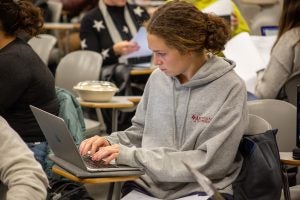
Karski’s legacy, Visner hopes, is reflected in the kind of relationships he fostered with students over the years. “My commitment to the country was essentially expressed through the work I was doing with the next generation of people I regarded as our leaders,” he expresses. “I’ve stayed in touch with a lot of my students. I’ve helped many of them with their careers, with their graduate work. In fact, I still do so.”
Paying it Forward
At SFS, Visner’s work will continue to shape learning and research environments through the continued development of STIA 391. Under Montgomery’s leadership, STIA 391 now includes a special cyber simulation. A natural extension of STIA 391 students’ past participation in the Atlantic Council’s Cyber 9/12 Strategy Challenge, students are asked to address a cybersecurity emergency through an informal, discussion-based session known as a “tabletop exercise” or “TTX.”
In November, Visner returned to campus to help administer the simulation. Designed as a collaborative and exploratory experience, TTXs are especially useful for developing human and organizational capacities important for cybersecurity. This year, students were challenged with a scenario regarding cybersecurity attacks on U.S. water systems during a building political crisis in Asia.
Now, Visner is reflecting on his personal and professional story, throughout which Georgetown has figured prominently. Visner’s family has also forged a unique legacy at the university — his late brother was chief of cardiovascular research and conducted the first open heart surgery at the Georgetown University Medical Center.
To commemorate his unique connection to Georgetown and career dedicated to cybersecurity, Visner has named the university as a beneficiary of a charitable remainder unitrust. This gift will go to establish the Samuel S. Visner Curriculum Innovation Endowed Fund. Under the direction of the SFS Dean, the Fund will support study of the intersection of cyberspace with international affairs and international security.
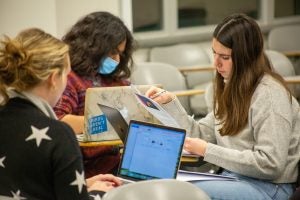
”Few people have been as instrumental as Samuel Visner to the study of cybersecurity and international affairs at Georgetown University,” says SFS Dean Joel Hellman. “Professor Visner’s longtime relationship with the Walsh School of Foreign Service is a gift for which we are profoundly grateful. The Samuel S. Visner Curriculum Innovation Endowed Fund will empower our students to understand the complex cybersecurity challenges of tomorrow, and rise to meet them.”
“Continuing to expand teaching in research in the cybersecurity field is a top priority for the STIA Program in the coming years,” says Professor Joanna Lewis, STIA’s Director. “I am grateful to Professor Visner for his dedication to the STIA Program. He has helped us to build our expertise in cybersecurity and bring exciting teaching and other experiential learning opportunities to our students.”
“I’m hoping…what my wife and I are doing serves as a useful example to others, who, having completed their studies at Georgetown, decide that the completion of studies is not the completion of their engagement and in the Georgetown community,” Visner shares. “The best thing about engaging in that community is to find ways to contribute to the success of its students, because I think the students are frankly … a national treasure, and working with them, it’s been great.”
